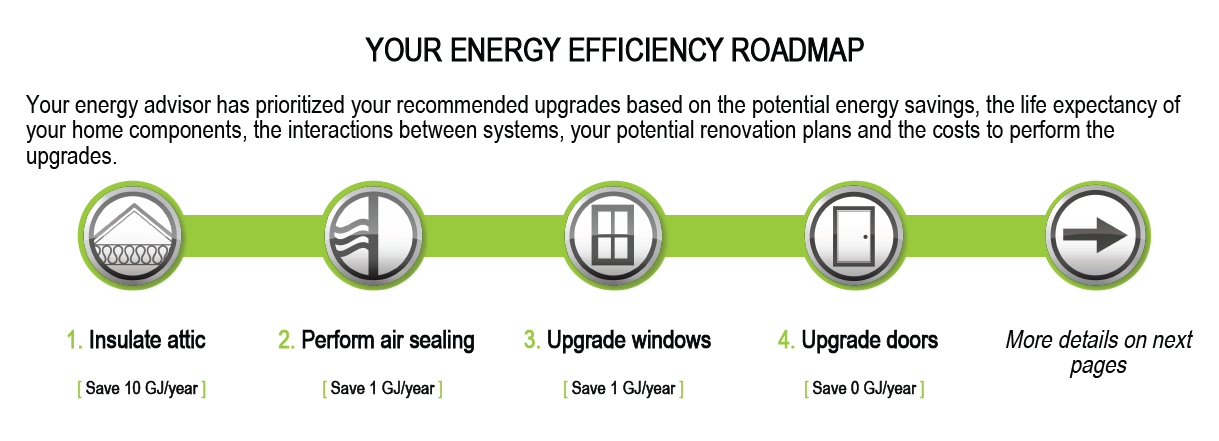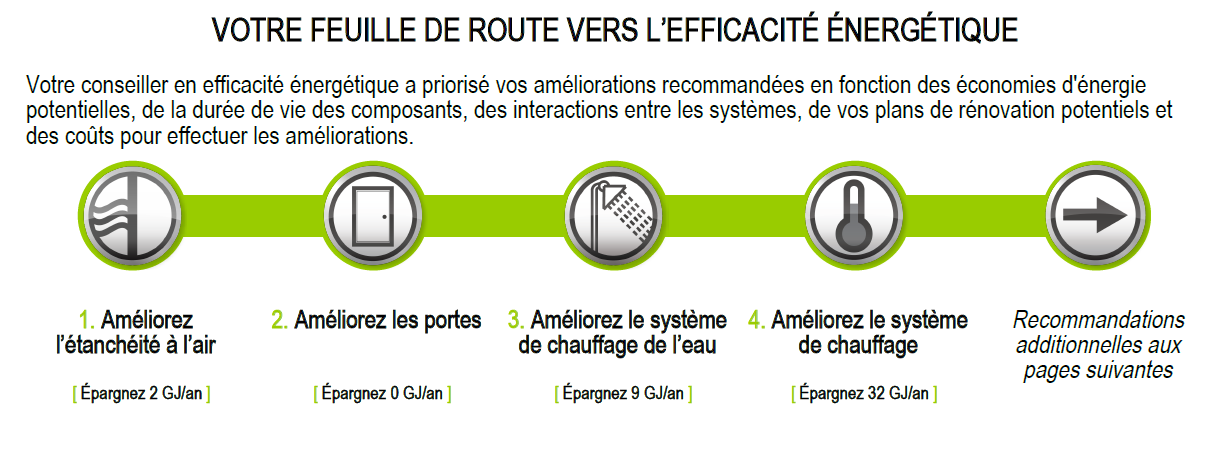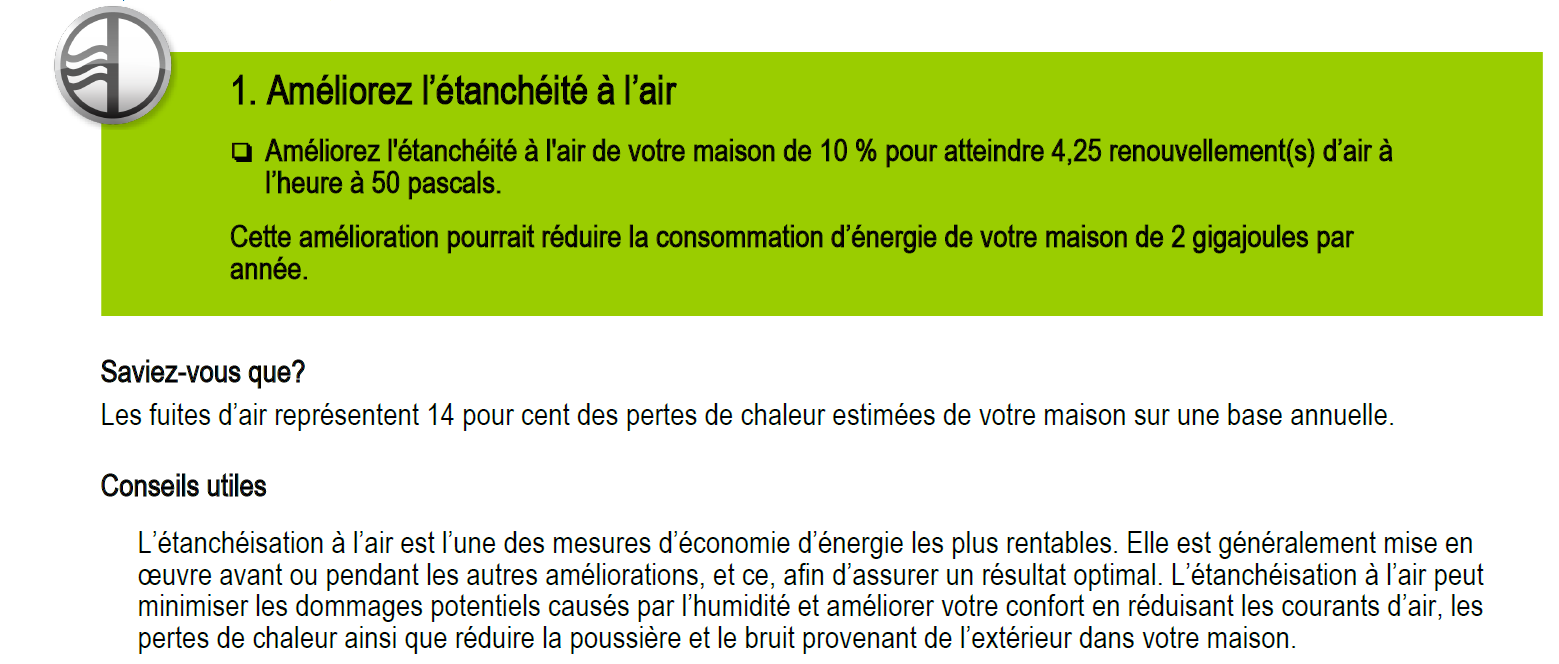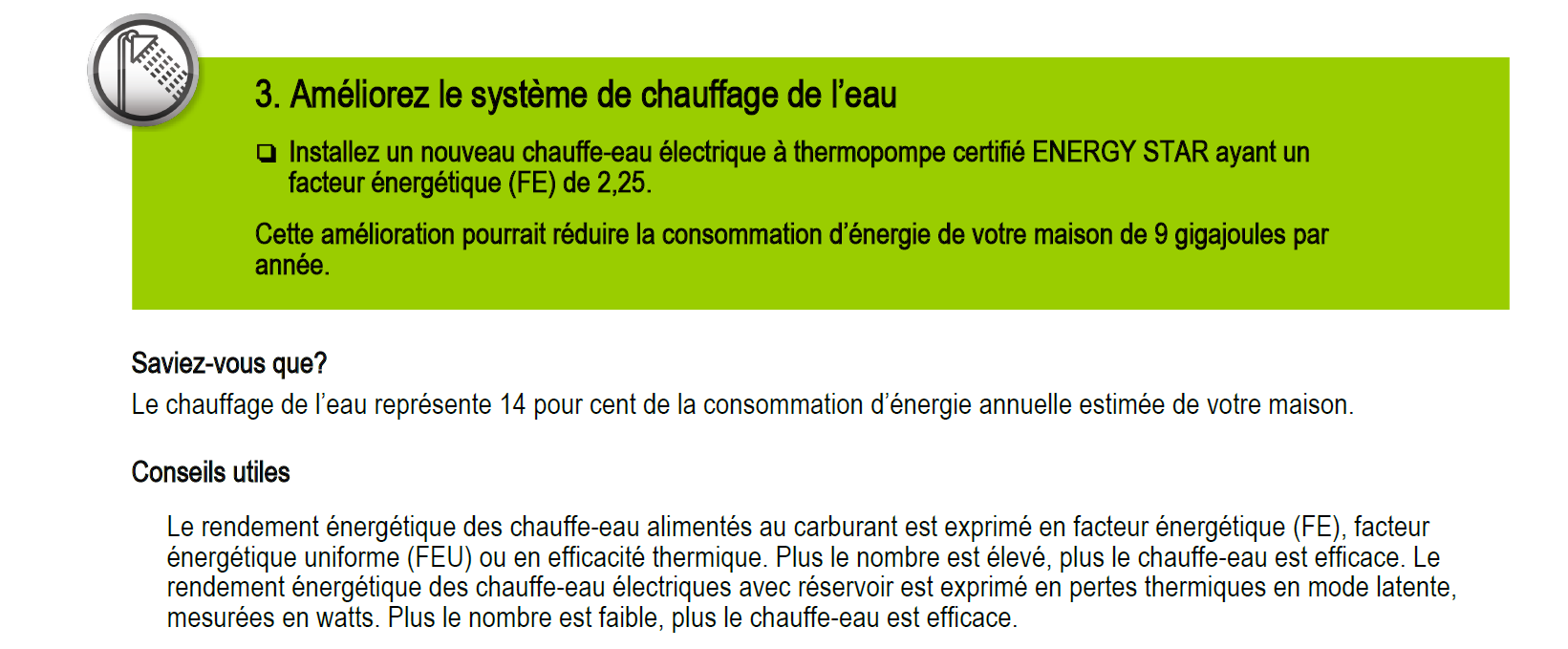



Target audience
| LOCATION | GROUP | LANGUAGE | DATE | TIME (EST) | GROUP COMPOSITION | NUMBER OF PARTICIPANTS |
|---|---|---|---|---|---|---|
| Southwestern Ontario | 1 | English | February 7 | 6:00-8:00 pm | Prospective EV Buyers | 8 |
| Ontario | 2 | English | February 8 | 6:00-8:00 pm | Frequent Healthcare Users | 7 |
| Edmonton and Calgary | 3 | English | February 9 | 8:00-10:00 pm | Homeowners | 8 |
| Rural Prairies (SK/MB) | 4 | English | February 14 | 8:00-10:00 pm | Low Income and Middle Income | 6 |
| Interior British Columbia & Metro Vancouver | 5 | English | February 15 | 9:00-11:00 pm | South Asian Diaspora | 7 |
| Quebec | 6 | French | February 16 | 6:00-8:00 pm | Homeowners | 8 |
| Atlantic Canada | 7 | English | February 21 | 5:00-7:00 pm | Frequent Healthcare Users | 6 |
| Greater Montreal Area, Quebec | 8 | French | February 22 | 6:00-8:00 pm | Working in Technology Sector | 5 |
| Yukon | 9 | English | February 23 | 8:00-10:00 pm | General Population | 8 |
| Total number of participants | 63 | |||||





| Group | Date | Time (EST) | Local Time | Location | Composition | Moderator |
|---|---|---|---|---|---|---|
| 1 | Tues, February 7th | 6:00-8:00 (EST) | 6:00-8:00 (EST) | Southwestern Ontario | Prospective EV Buyers (including some working in the automotive industry) | TBW |
| 2 | Wed, February 8th | 6:00-8:00 (EST) | 6:00-8:00 (EST) | Ontario | Frequent Healthcare Users | DN |
| 3 | Thurs, February 9th | 8:00-10:00 (EST) | 6:00-8:00 (MST) | Calgary & Edmonton - Alberta | Homeowners | TBW |
| 4 | Tues, February 14th | 8:00-10:00 (EST) | 7:00-9:00 (CST) | Rural Prairies (SK, MB) | Lower-Income/Skew to Middle Class | TBW |
| 5 | Wed, February 15th | 9:00-11:00 (EST) | 6:00-8:00 (PST) | Interior BC & Metro Vancouver | South Asian Diaspora | TBW |
| 7 | Tues, February 21st | 5:00-7:00 (EST) | 6:00-8:00 (AST) | Atlantic Canada | Frequent Healthcare Users | DN |
| 9 | Thurs, February 23rd | 8:00-10:00 (EST) | 6:00-8:00 (UTC -7) | Yukon | General Population | TBW |
| LOCATION | CITIES | |
|---|---|---|
| Southwestern Ontario | Cities include (but are not limited
to): Brantford, Chatham, Guelph, Kitchener, London, Orangeville, Owen Sound, Stratford, Windsor, Woodstock NO MORE THAN TWO PER CITY. ENSURE A GOOD MIX OF CITIES ACROSS THE REGION. INCLUDE THOSE RESIDING IN LARGER AND SMALLER COMMUNITIES. |
CONTINUE - GROUP 1 |
| Ontario | Cities include (but are not limited
to): Toronto, Ottawa, Mississauga, Brampton, Hamilton, London, Markham, Vaughan, Kitchener, Windsor, Richmond Hill, Burlington, Greater Sudbury, Oshawa, Barrie. NO MORE THAN TWO PER CITY. ENSURE A GOOD MIX OF CITIES ACROSS THE PROVINCE. INCLUDE THOSE RESIDING IN LARGER AND SMALLER COMMUNITIES. |
CONTINUE - GROUP 2 |
| Calgary & Edmonton | Cities include: City of Calgary, City of Edmonton PARTICIPANTS SHOULD RESIDE IN THE ABOVE-NOTED CENTRES PROPER. |
CONTINUE - GROUP 3 |
| Rural Prairies (SK and MB) | Towns include (but not limited to):
Small population = <30,000 Manitoba: Steinbach, Winkler, Portage la Prairie, Thompson, Selkirk, Morden, Dauphin, The Pas, Niverville, Stonewall, Oakbank, Neepawa, Flin Flon. Saskatchewan: Swift Current, Yorkton, North Battleford, Warman, Weyburn, Estevan, Martensville, Melfort, La Ronge, Humboldt, Meadow Lake. ENSURE 4 PARTICIPANTS FROM EACH PROVINCE. NO MORE THAN TWO PER TOWN. ENSURE A GOOD MIX OF RURAL CENTRES ACROSS THE REGION (FROM SMALLER TO LARGER). |
CONTINUE - GROUP 4 |
| Interior B.C. and Metro Vancouver | Cities include (but not limited to): Vancouver, Surrey, Burnaby, Richmond, Coquitlam, City of Langley, Delta, Maple Ridge, North Vancouver, New Westminster, Port Coquitlam, West Vancouver, Kelowna, Kamloops, Prince George, Penticton, Cranbrook, Salmon Arm, Trail, Fruitvale, Williams Lake, Dawson Creek, Nelson, Golden, Burns Lake, Lillooet. ENSURE A GOOD MIX ACROSS THE REGION. NO MORE THAN TWO PER CITY. AIM TO HAVE AN EVEN AMOUNT FROM METRO VANCOUVER AND THE INTERIOR. |
CONTINUE - GROUP 5 |
| Atlantic Canada | Cities could include (but are not limited to):
NS: Halifax, Dartmouth, Cape Breton-Sydney. NB: Moncton, Saint John, Fredericton, Dieppe, Miramichi, Edmundston. PEI: Charlottetown, Summerside. N&L: St. John’s, Conception Bay, Mount Pearl, Corner Brook. AIM FOR 2 PARTICIPANTS FROM EACH PROVINCE. ENSURE A GOOD MIX OF CITIES/TOWNS WITHIN EACH PROVINCE. NO MORE THAN 1 PER CITY. |
CONTINUE - GROUP 7 |
| Yukon | Cities could include (but are not limited to):
Whitehorse, Dawson City.
AIM FOR NO MORE THAN 4 FROM WHITEHORSE. AIM FOR A GOOD MIX OF CITIES ACROSS THE REGION. INCLUDE THOSE RESIDING IN LARGER AND SMALLER COMMUNITIES. |
CONTINUE - GROUP 9 |
| Less than two years | THANK AND END |
|---|---|
| Two years or more | CONTINUE |
| Don’t know/Prefer not to answer | THANK AND END |
| Under 18 years of age | IF POSSIBLE, ASK FOR SOMEONE OVER 18 AND REINTRODUCE. OTHERWISE THANK AND END. |
|---|---|
| 18-24 | ALL LOCATIONS = CONTINUE |
| 25-30 | |
| 31-39 | |
| 40-49 | |
| 50-54 | |
| 55+ | |
| VOLUNTEERED Prefer not to answer |
THANK AND END |
| Less than 5 years | CONTINUE – GROUP 5 |
|---|---|
| 5 to <10 years | |
| 10 to <20 years | |
| 20 to <30 years | |
| 30 or more years | |
| Don’t know/Prefer not to answer | THANK AND END |
| Male | CONTINUE |
|---|---|
| Female | CONTINUE |
| GROUPE | DATE | HEURE (HAE) | HEURE (LOCALE) | LIEU | COMPOSITION DU GROUPE | MODÉRATEUR |
|---|---|---|---|---|---|---|
| 6 | 16 février | 18 h-20 h | FR | Québec | Propriétaires de maisons | M. Proulx |
| 8 | 22 février | 18 h-20 h | FR | Grande région de Montréal (GRM) – Québec | Travailleurs du secteur technologique | M. Proulx |
| LIEU | VILLES | |
|---|---|---|
| Québec | Ces villes peuvent notamment comprendre : Grandes villes = Population 100 000+ Pour les grandes villes : Montréal, Gatineau, Québec City, Saguenay, Sherbrooke, Trois-Rivières, Saint-Jérôme, Chicoutimi – Jonquière. Taille moyenne = Population 50 000-99 999 Pour les villes de taille moyenne : Saint-Jean-sur-Richelieu, Chateauguay, Drummondville, Granby, Saint-Hyacinthe. Petites villes = Population > 49 999 Pour les petites villes : Saint-Georges, Val-d’Or, Sept-Îles, Varennes, Alma. ESSAYER DE RECRUTER AU MOINS DEUX RÉSIDENTS DANS CHAQUE CATÉGORIE DE VILLE (EN FONCTION DE LA TAILLE DE LA POPULATION). PAS PLUS D’UN PARTICIPANT PAR VILLE. ASSURER UNE BONNE REPRÉSENTATION DES VILLES DE LA PROVINCE. RECRUTER DES RÉSIDENTS DE GRANDES ET DE PETITES COLLECTIVITÉS. |
CONTINUER - GROUPE 6 |
| Grande région de Montréal | Les villes peuvent notamment comprendre : Montréal, Laval, Longueuil, Terrebonne, Brossard, Saint-Jérôme, Blainville, Mirabel, Dollard-des- Ormeaux. ASSURER UNE BONNE REPRÉSENTATION DES VILLES DE LA RÉGION. PAS PLUS DE DEUX PARTICIPANTS PAR VILLE. |
CONTINUER – GROUPE 8 |
| Autre lieu | REMERCIER ET CONCLURE | |
| RÉPONSE SPONTANÉE Préfère ne pas répondre |
| REMERCIER ET CONCLURE |
| Moins de deux ans | REMERCIER ET CONCLURE |
|---|---|
| Deux ans ou plus | CONTINUER |
| Ne sais pas/Préfère ne pas répondre | REMERCIER ET CONCLURE |
| Moins de 18 ans | SI POSSIBLE, DEMANDER À PARLER À UNE PERSONNE DE 18 ANS OU PLUS ET REFAIRE L’INTRODUCTION. SINON, REMERCIER ET CONCLURE. |
|---|---|
| 18 à 24 | ASSURER UNE BONNE REPRÉSENTATION DES ÂGES DANS CHAQUE GROUPE. LE GROUPE 8 PEUT COMPTER UNE PROPORTION PLUS IMPORTANTE DES RÉPONDANTS JEUNES. |
| 25 à 29 | |
| 30 à 39 | |
| 40 à 54 | |
| 55 ans ou plus | |
| RÉPONSE SPONTANÉE Je préfère ne pas répondre |
REMERCIER ET CONCLURE |











Home energy label depicting the energy usage of a home. The top of the image features the EnerGuide logo. Below the logo there is a coloured spectrum (featuring shades of green, yellow, and red from left to right) and arrow pointing to the number of gigajoules per year the home uses. Below the spectrum there is both a data box and pie chart depicting the energy usage of the appliance. Under this on the left side there is a QR code, accompanied by a disclaimer that the house may have significant energy uses not included in the rating. The label also features a QR code, which directs users to the Government of Canada’s EnerGuide website. The bottom of the page features the EnerGuide URL (nrcan.gc.ca/myenerguide) and a footer featuring the Natural Resources Canada logo and the Canada wordmark.




A series of personalized renovation or upgrade recommendations to improve the energy efficiency of a home, based on the energy consumption of that specific home. The imagery features a number of text boxes and a green and white colour pallet. The top box shows various different retrofit projects that can be undertaken and a corresponding image for each. Below each project is described in detail. Suggestions shown include insulating the attic, performing air sealing, and upgrading windows, with corresponding instructions on how to act on each recommendation. Each upgrade also features a fact corresponding to the nature of the upgrade (e.g. the upgrade windows suggestion features an energy usage fact related to windows).